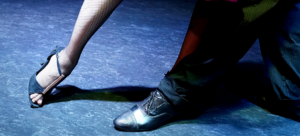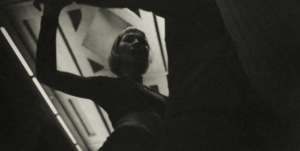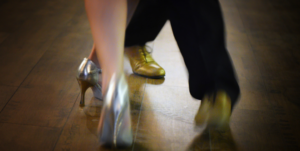What is Lunfardo?
Lunfardo is a slang primarily used in Buenos Aires and its surroundings. It emerged in the late 19th and early 20th centuries, during a period of significant immigration to Argentina. The words in lunfardo come from various languages and dialects, including Italian, French, Occitan, gaucho Spanish, and English. This linguistic mix resulted in a unique vocabulary that the inhabitants of Buenos Aires, known as porteños, adopted and adapted into their daily lives.
Characteristics of Lunfardo
Lunfardo is known for its creativity and ability to describe reality with vivid imagery and metaphors. Many lunfardo words carry a humorous or ironic tone, reflecting the lively and mischievous attitude of the porteños. This language is deeply embedded in the poetry and lyrics of tangos, offering a window into the lives and emotions of those living in the popular neighborhoods of Buenos Aires.
Examples of Lunfardo Vocabulary
Here are some lunfardo terms organized alphabetically:
- Acanalar: to wound with a sharp object
- Berretín: fantasy, illusion, intense desire for something
- Buyón: food, meal (from the French “bouillon”)
- Cana/canusa: jail
- Garaba/garabita: girl
- Gilí: cunning, astute, experienced
- Cotorro: room, dwelling
- Grela: woman
- Guillar: to harvest, to gain profit
- Mina: woman
- Quilombo: disorder
- Burdel: brothel
- Paica: woman
- Shusheta: dandy
- Taquero: police commissioner, dancer
- Yurno: day
- Gamba: leg
- Mishé: wealthy man who pays for a woman’s favors
- Misho: poor
- Papusa: affectionate term for a beautiful woman
- Bacán: a woman’s partner, wealthy man
- Bolazo: lie
- Bacana: concubine
- Marroco: money
- Pebete: child, young boy
- Piantar: to escape, to steal
- Yeta: bad luck
- Yuta: police
- Zafar: to escape, to free oneself
Examples of Tangos with Lunfardo
Mano a Mano
This tango, written by Celedonio Flores and popularized by Carlos Gardel, is an excellent example of how lunfardo is used to tell a story of love and disappointment.
Lyrics: “Rechiflado en mi tristeza, te evoco y veo que has sido
En mi pobre vida paria, solo una buena mujer.
Tu presencia de bacana puso calor en mi nido,
Fuiste buena, consecuente y yo sé que me has querido.
Como no quisiste a nadie, como no podrás querer.”
Lunfardo words in the lyrics:
- Rechiflado: confused
- Bacana: partner, concubine
Madame Ivonne
This tango, with lyrics by Enrique Cadícamo, narrates the story of a high-society woman who falls from grace.
Lyrics: “Madame Ivonne, era una pebeta
que en el barrio posta del viejo Montmartre,
con su pinta brava de alegre griseta,
animó las fiestas de Les Quatre Arts.”
Lunfardo words in the lyrics:
- Pebeta: young girl
- Griseta: young working woman
The Influence of Lunfardo on Tango
Lunfardo has had a significant influence on the poetry, music, and culture of Argentine tango. Through its colorful expressions and metaphors, lunfardo captures the experiences and emotions of the porteños. Tango lyrics, laden with lunfardo, tell stories of love, nostalgia, disappointment, and daily life, making tango a genre deeply rooted in popular expression.





